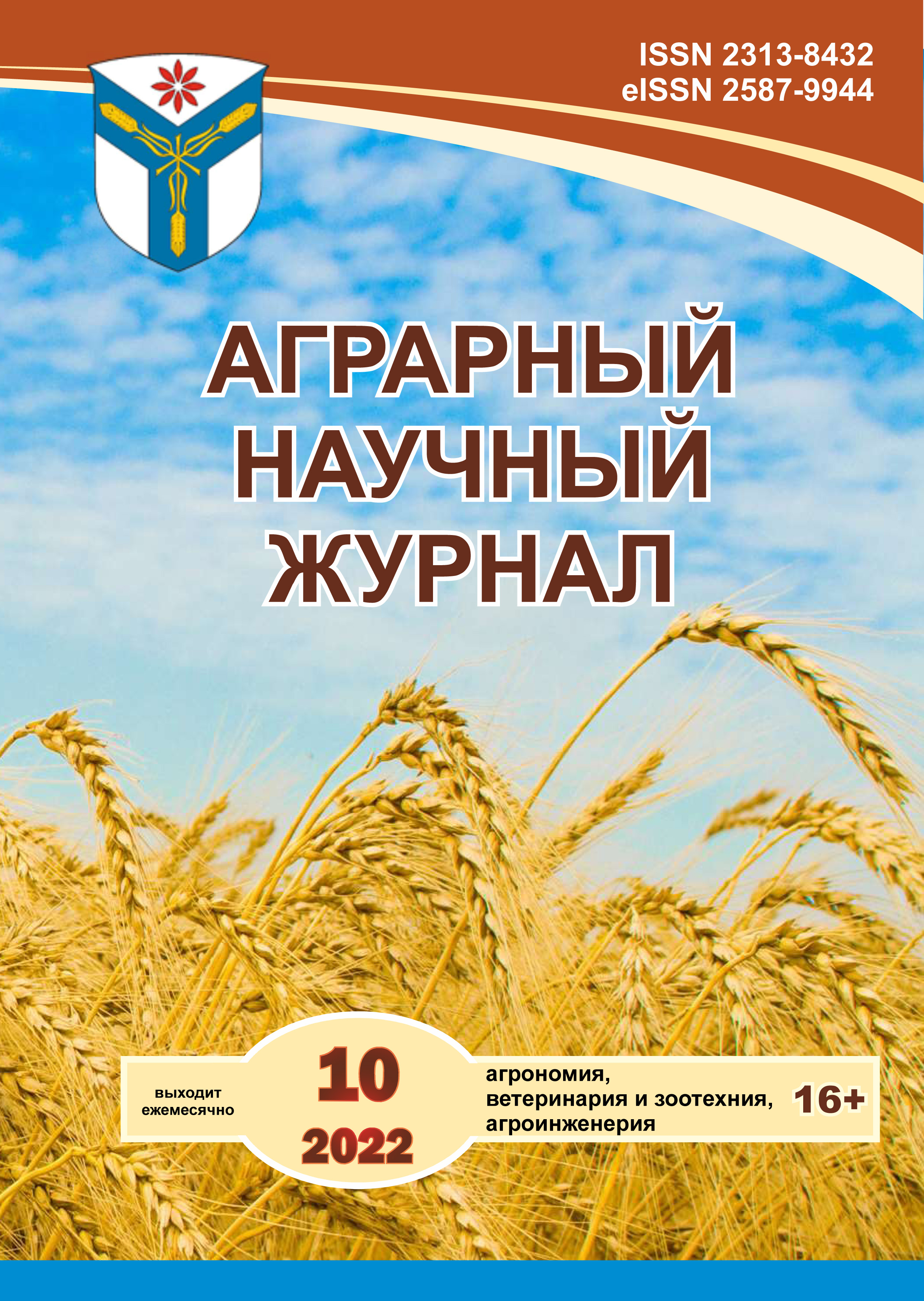Biometric characteristics of the assimilation apparatus of self-seeding pine in the post-fiery area
DOI:
https://doi.org/10.28983/asj.y2022i10pp30-33Keywords:
post-fiery area, pine undergrowth, length and weight of needles, Karelia, rocky pine forestsAbstract
Reforestation in post-fire areas is becoming increasingly important in a situation where the number and area of forest fires in the country as a whole do not decrease. The data on the restoration of the rocky pine forest on the burned area 14 years ago are presented. It has been established that the young generation of pine in the post-fire area differs both in height and age. The aim of the research was to determine the variability of the biometric characteristics of needles depending on the height of the undergrowth and the amount of growth in height. The range of variation in the length and weight of the needles depends on the growing conditions. The needles of pine undergrowth in the illuminated areas of the post-fire areas, as a rule, have a shorter length and a greater weight compared to the needles of plants growing in the shade. The length of the needles formed in 2020, depending on the height of the model trees, is from 20 to 36 mm, and the weight of 100 pairs of needles is from 0.30 to 0.98 g. The specific gravity of the needles is a more objective characteristic of the assimilation apparatus than the mass or length of the needles.
Downloads
References
Гаврилова О. И., Колганов Е. С., Пак К. А. Оценка успешности самовозобновления сосны на гари // Лесотехнический журнал. 2020. № 4. С. 142–150.
Особенности роста подроста сосны под пологом древостоев на сухих бедных почвах / А. В. Грязькин [и др.] // Научный журнал "Research Science" (Bansk? Bystrica, Словакия). Режим доступа: http://researchscience.info/payment. 2019. № 8. С. 3–6.
Естественное возобновление сосны на гарях в лесостепи Западной Сибири / Н. С. Cанникова [и др.] // Сибирский лесной журнал. 2019. № 5. С. 22–29.
Dove NC, Hart SC. 2017. Fire reduces fungal species richness and in situ mycorrhizal colonization: a meta-analysis. Fire Ecology 13:37–65.
Dorota Hilszcza?ska, Marcin Studnicki, Tadeusz Malewski, Khalil Kariman, Zbigniew Borowski. Post-fire dynamics of ectomycorrhizal fungal communities in a Scots pine (Pinus sylvestris L.) forest of Poland // Microbiology. 2021. September 15.
Dove N. C., Hart S. C. Fire reduces fungal species richness and in situ mycorrhizal colonization: a meta-analysis // Fire Ecology. 2017;(13):37–65.
Hilszcza?ska D., Gil W., Olszowska G. Structure of post-fire ectomycorrhizal communities of Scots pine stand in a dry coniferous forest habitat // Sylwan. 2019;163(1):71–79.
McCarthy N., Niclas S. B., Ian W. The state of forest vegetation management in Europe in the 21st century // Eur J. Forest Res. 2011. No.130. P. 7–16.
Crown-fire severity is more important than ground-fire severity in determining soil fungal community development in the boreal forest / L. PerezIzquierdo et al. // Journal of Ecolog. 2021. No.109. P. 504–518.
Trishkin M., Lopatin E., Gavrilova O. The potential impact of climate change and forest management practices on Heterobasidion spp. infection distribution in northwestern Russia – a case study in the Republic of Karelia // Journal of forest science. 2016. No. 62. С. 529–536.
Downloads
Published
Issue
Section
License
Copyright (c) 2022 The Agrarian Scientific Journal

This work is licensed under a Creative Commons Attribution-NonCommercial-NoDerivatives 4.0 International License.








